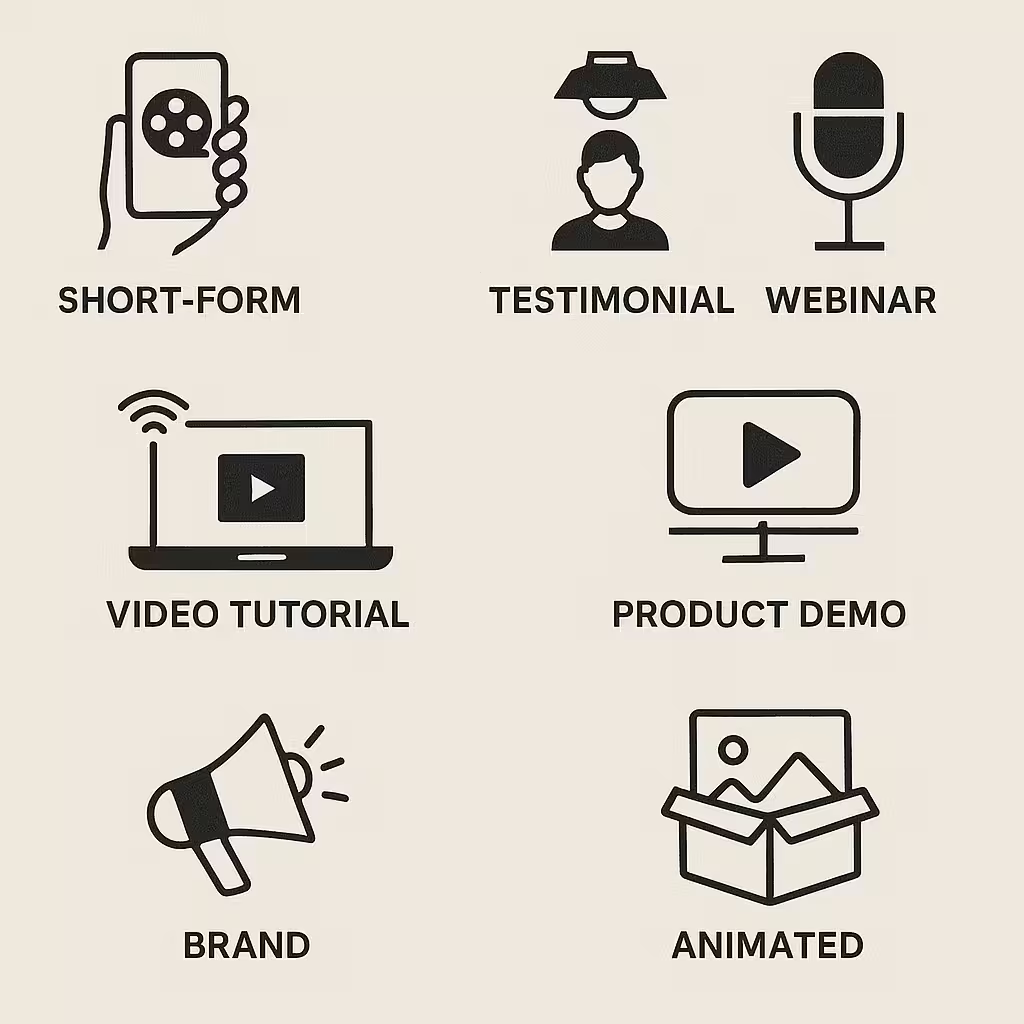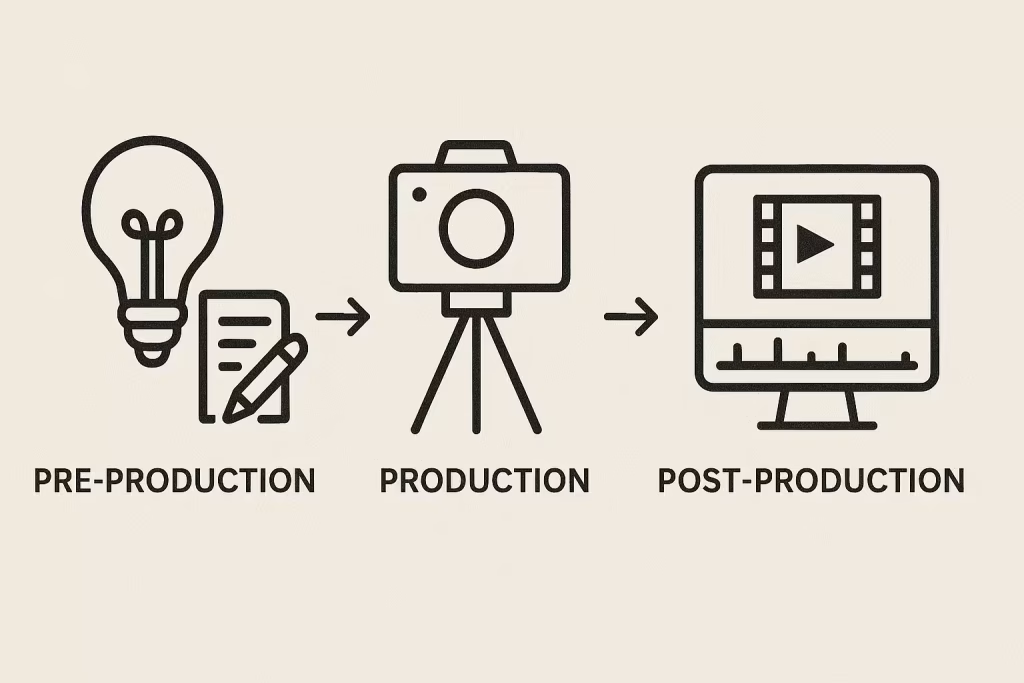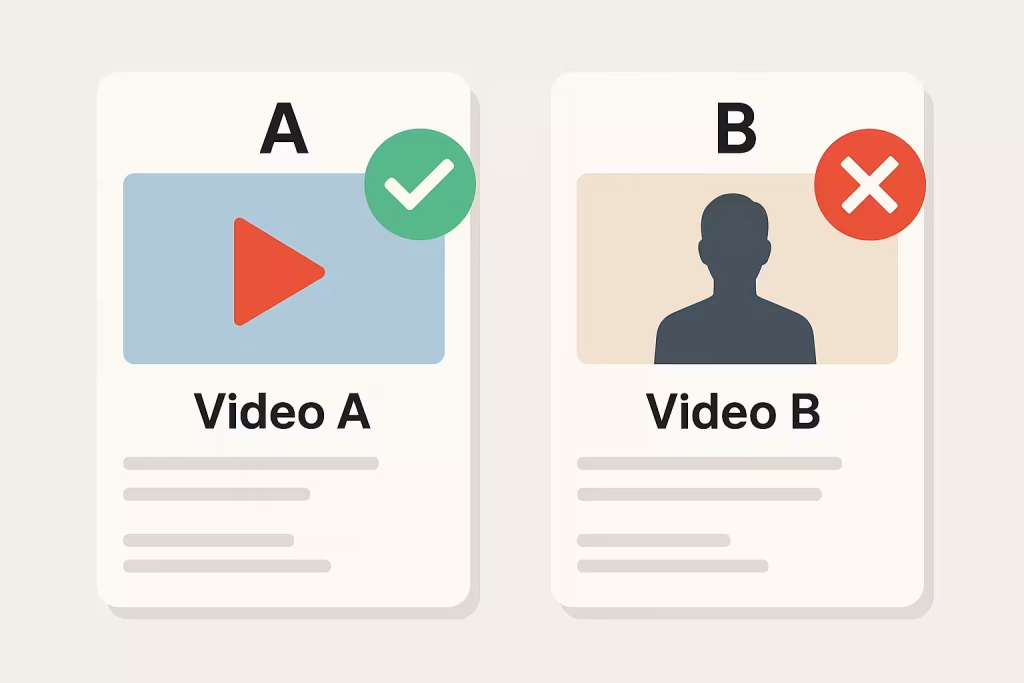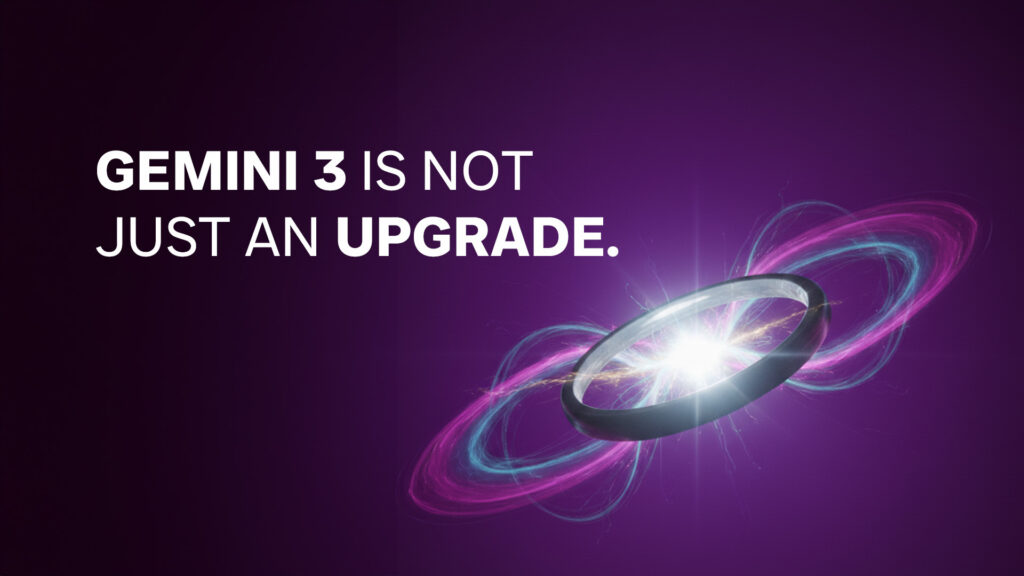Table of Contents
Building a strong video content strategy is essential for brands of all sizes in 2025.
With video dominating online engagement, a thoughtful approach ensures you reach your audience, boost interaction, and drive measurable results.
Here’s a step-by-step guide to crafting a strategy that works.
1. Set Clear Objectives & Know Your Audience
A successful video content strategy starts with clear goals. Decide what you want your videos to achieve: brand awareness, education, lead generation, or direct sales, and tie each goal to measurable KPIs.
For example:
Awareness: Impressions, views, watch time, engagement rate
Consideration: Comments, clicks to product pages, view-through rate
Lead Generation: Form fills, webinar signups
Sales: Add-to-cart actions, purchases, conversions
Understand your audience by developing detailed personas using data and segmentation to uncover their needs, pain points, and preferences.
With those personas in hand, build your content calendar around them to maximize relevance and impact.
If your personas like to read, create articles, e-books, and knowledge bases for them to explore on your website or word-heavy carousels for socials.
If they like to watch, prioritize video content for your YouTube channel and plan to go live on other platforms. This keeps them engaged and watching you – whether you’re on or offline.

2. Select the Right Video Types & Formats
Choose video formats that align with your objectives and audience. Common options include:
Explainer videos: Clarify your product’s value on homepages or landing pages.
Short-form content (Reels, TikTok, Shorts): Capture attention quickly for brand awareness.
Product demos: Guide viewers through features mid-funnel.
Customer testimonials: Provide social proof and credibility.
Behind-the-scenes: Strengthen brand story and trust.
User-generated content (UGC): Build authenticity through creator partnerships.
Webinars/live streams: Offer deep dives and real-time Q&A.
Pro tip: Plan vertical (9:16) for social, horizontal (16:9) for site/YouTube.

3. Plan Your Video Content
Effective planning bridges strategy and execution. Organize your process into three phases:
Important: If you’re looking to use AI for script writing and content programming, this blog provides valuable insights.
Post-Production
Define objectives and KPIs, and secure approvals.
Draft scripts and storyboards, ensuring brand elements and clear CTAs are included.
Prepare assets: locations, equipment, timelines, and stakeholder roles.
Plan for accessibility with captions and readable on-screen text.
Production
Focus on proper lighting, framing, and clear audio.
Capture B-roll footage for editing flexibility.
Record multiple versions of CTAs for testing.
Post-production
- Edit; add visual effects and color correction.
- Add closed captions & on-screen text (accessibility + retention).
- Export platform-specific versions; prepare thumbnails with clear copy.
Free templates (copy/paste)
Creative Brief Goal: | KPI: | Audience: | Pain Points:
Format: (Explainer / Demo / Testimonial / Short) | Key Message:
CTA: | Branding: (Logo, Fonts, Colors) | Deliverables: (16:9, 1:1, 9:16) + Captions + Thumbnail
Stakeholders & Approval: | Timeline:

4. Distribute & Promote Your Videos
A strong distribution plan ensures your videos reach the right viewers:
Owned channels: Website, blog, YouTube, email newsletters.
Social media: Instagram, TikTok, Facebook, LinkedIn, X.
Collaborations: Work with creators, partners, and customers.
Live streams: Host events, Q&As, or product launches then repurpose as clips.
Encourage engagement by pinning comments, adding polls, or asking questions at the end of your videos. Route feedback to your support or CRM systems for follow-up.
Video Marketing Funnel
TOFU
Story-driven shorts; promote webinars.
MOFU
Explainer + testimonials; collect leads.
BOFU
Comparison demos, ROI clips, objection-handling.
5. Integrate Video Across the Marketing Funnel
Video content should reinforce your brand story and support each stage of the customer journey:
Top of Funnel (TOFU): Story-driven shorts, educational content, and webinar promotions.
Middle of Funnel (MOFU): Explainers and testimonials, lead capture forms.
Bottom of Funnel (BOFU): Comparison demos, ROI-focused clips, objection-handling videos.
Tip: Track “video-assisted” conversions in analytics to prove influence across the funnel.

6. Optimize for Engagement & Conversion
SEO: Use keywords in titles, descriptions, tags, and transcripts.
CTAs: Test placement (mid-video vs. end) and format (on-screen vs. verbal).
Creativity: Experiment with thumbnails, hook lines, and pacing.
Personalization: Use tailored videos for account-based marketing (ABM).
Social proof: Rotate testimonial and case study snippets.
7. Measure Performance & Iterate
Track key metrics to understand what’s working:
Views and watch time
Engagement rate (likes, comments, shares, saves)
Click-through and conversion rates
Attribution (connect video analytics with CRM outcomes)
Run A/B tests on hook lines, thumbnails, and CTA placement to continuously improve results. Leverage analytics tools and AI-powered insights for deeper understanding.
8. Leverage Technology & Tools
Use AI for scripting, editing, and analytics.
Batch metadata, titles, and descriptions for SEO efficiency.
Manage assets with cloud-based DAM for versioning and brand safety.
Choose enterprise platforms (like Kaltura) for internal sharing and advanced analytics.
Prioritize accessibility for broader reach and compliance.
Step-by-Step: From Idea to Publish
Define your goal, KPI, and audience segment.
Pick the right format (explainer, demo, testimonial, short).
Write a script with a strong 5–7 second hook; storyboard visuals.
Record A-roll and B-roll; keep takes concise.
Edit with captions, graphics, and branding; export variants.
Publish and distribute across owned, social, and partner channels.
Measure performance and iterate on thumbnail, hook, and CTA.
Conclusion
A well-structured video content strategy empowers your brand to connect, engage, and convert in a crowded digital landscape. By following these steps, you’ll build a foundation for video marketing success in 2025 and beyond.
Let me know if you’d like any section expanded, more templates, or specific examples!
FAQ
A video content strategy is a plan for creating, distributing, and optimizing videos to achieve business goals such as awareness, leads, or sales. It defines your audience, formats, channels, and KPIs.
It helps businesses use video more effectively by aligning content with audience needs and marketing goals. A clear strategy increases engagement, conversions, and ROI.
Set clear objectives and KPIs.
Define your target audience and personas.
Choose video types (explainer, testimonial, short-form, demo).
Plan production and content calendar.
Distribute across the right channels.
Track performance and optimize.
Explainer videos
Product demos
Short-form content (Reels, TikTok, Shorts)
Testimonials and case studies
Behind-the-scenes stories
Webinars and live streams
User-generated content
Views and watch time
Engagement rate (likes, comments, shares)
Click-through rate
Conversion rate (leads or sales)
Video-assisted conversions in analytics
Canva or Adobe Premiere (editing and design)
Descript or VEED (AI editing, captions)
TubeBuddy or VidIQ (YouTube SEO)
Google Analytics + CRM integration (tracking conversions)
Cloud DAM platforms (content versioning and brand safety)
It depends on resources and goals. Most brands aim for:
Social media: 2–3 short-form videos per week
YouTube: 1–2 high-quality videos per month
Webinars/events: Quarterly or as needed
Video content strategy = planning goals, audience, formats, and distribution.
Video production = creating and editing the video itself.
Both work together to deliver results.
Pick one primary goal: brand awareness, education, lead capture, or sales activation. Map it to your KPI (e.g., views/watch time, email sign-ups, demo bookings, purchases).
Use market research, audience insights, and segmentation to define pain points and content preferences. Keep a simple content calendar tied to those needs.
Use on-screen CTA and a verbal CTA in the last 10–15%. Add call-to-action screens with a URL or QR code.




